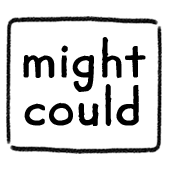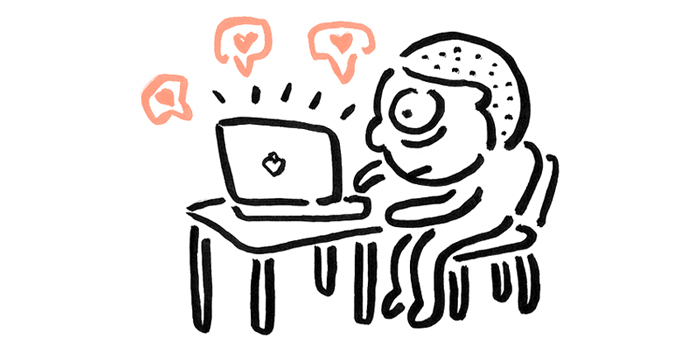
The Upsides of Social Media
If you’re anything like me, you probably have a love/hate relationship with social media. It can be an amazing tool with huge benefits, specifically for artists like us. I use Instagram the most, and it’s helped me in numerous ways:
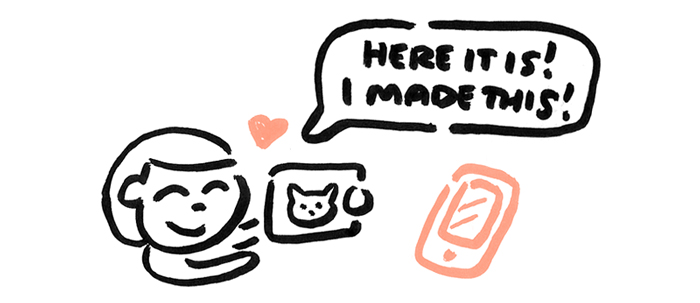
- Improved Productivity: I draw something every day and post it on Instagram.
- Accountability: I’m more likely to post a drawing each day (and therefore make a drawing every day) knowing that I’ve committed to it publicly on Instagram.
- New Connections: I’ve met amazing artists from around the world through Instagram.
- Inspiration: I see inspiring work created by other artists on Instagram, and it gives me ideas, influences me, and drives me to make more art.
Overall, I think we’re lucky to have this method of connecting with other artists around the world. Imagine how tiny our artistic world would be without it! But the benefits of social media can quickly dissolve and gave way to the darker side of social media.
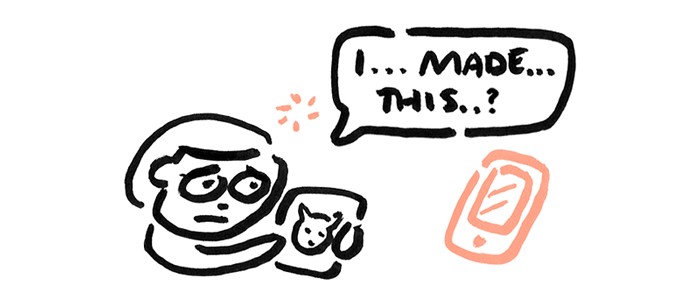
The Downsides of Social Media
Instagram—and any other platform—can become a harmful, stressful, and stifling space for artists with detrimental effects to our art. As much as Instagram has helped me, it’s also hurt me:
- Decreased Productivity: I go on to Instagram to browse “just for a minute”, and suddenly an hour has gone by and I’m still staring down at my phone instead of drawing.
- Pressure to Perform: Knowing I should post my work adds extra pressure to not only the act of drawing, but also in what I choose to draw, and I can fall into the trap of wanting external validation.
- New Comparisons: Seeing so many new and amazing artists can often morph into the comparison game, leading me to believe my work isn’t good enough.
- Bad Intentions: I can draw something in my private sketchbook for the love of it, but if I draw something with the sole intention of posting it, the art can suffer. I begin creating work for others, instead of for myself.
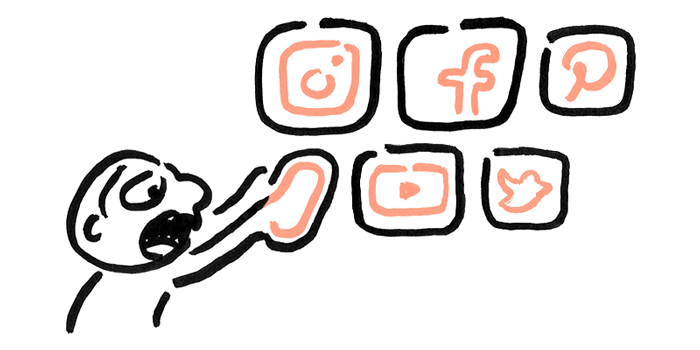
Take it from fellow Might Could Studiomate and super-inspiring artist, Linda:
“It could be just me… Instagram is a great place for inspiration and connecting with like minds but if you are not careful it can be highly addictive and derail you from why we’re here in the first place. I’m glad I’ve found IG (sort of) and can say with certainty I’ve fallen in those pitfalls… but I now consciously know that but even that still takes energy that could all used elsewhere.”
It’s not just Linda. And it’s not just you or me. It’s all of us. We all struggle with how to play the game of social media and not lose our minds—and our art.
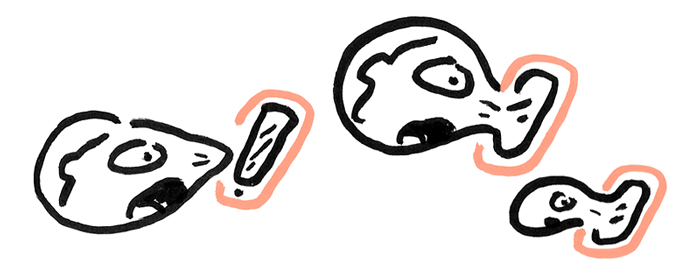
The Game of Social Media
We get so caught up in the game of social media, we start believing we have to play by the rules given to us. Instagram is built to hold your attention for as long as possible and grab your eyeballs as often as possible. They want you coming back again and again, for longer and longer. They tell you in order to win this game, you just have to post more, get more likes, and get more followers. The more you sign in, the more you post, the more you get, and the more you win.
More, more, more.
But I’m not here to tell you to delete all your accounts, give up social media completely, and start protesting the tech world. Social media can be beneficial to us artists, remember? I still want all those upsides!
The challenge is to keep the upsides, but get rid of the downsides. We can stop letting social media lure us in and rule the game, and instead we can take charge. We can be in control. We can make our own rules.
So I’d like to share my social media philosophy with you. It’s not perfect, and I definitely still slip-up from time to time, but hopefully it can help you begin to take back control of your social media tools. Because remember, these are tools that we use—we don’t have to let them use us.
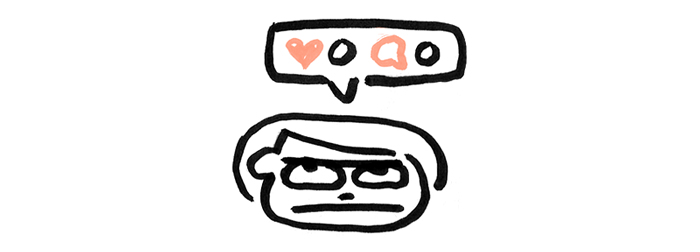
Make Art for You, Not for Likes
Social media and I are already at odds on one major front: Social media does not like mistakes and imperfections. And I love mistakes and imperfections. Social media likes squeaky-clean-polished work, gallery-ready art, and magazine-photoshoot-ready desk shots. I like wandering process work, quick doodles, and my desk is always a mess.
So what do we do? Do we change our work to cater to the stranger-filled-mass of Instagram? Do we erase all the stray marks, clean up our desk, and obsess over photo editing every time we post a drawing? Do we change who we are to win the social media game?
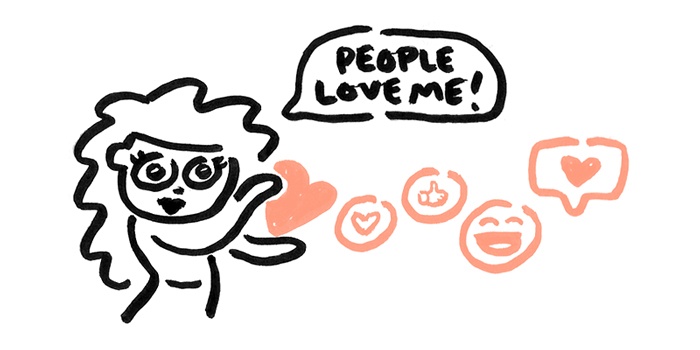
We can so easily get caught up in the pursuit of pleasing others, and social media amplifies that tendency. We begin to see trends in what people like, and we begin to create for that random, ambiguous group of people, when we need to be creating only for one person: ourself.
“Never play to the gallery. Never work for other people in what you do. Always remember that the reason you initially started working was there was something inside yourself that, if you could manifest it, you felt you would understand more about yourself. I think it’s terribly dangerous for an artist to fulfill other people’s expectations.” –David Bowie, musician
If you pander your art to getting likes, you’ll probably find them. (Hot tip for the ladies: show some cleavage and I guarantee you’ll get 500 likes instantly—it’s easy! **puh-lease hear my voice dripping with sarcasm**) If you cater to trends and popularity, you’ll get the likes you wanted, but you’ll also end up with art that doesn’t feel like you. You’ll feel empty and unfulfilled in your work, and your art will reflect that.
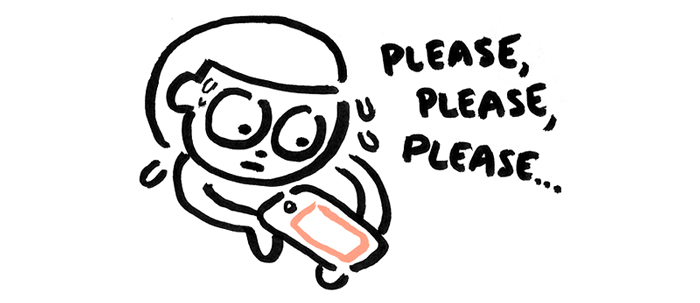
Alternatively, if you create the art you want, and you like, and that feels most like you, you may or may not get 500 likes. But which is more important in the long run? Finding your voice and making art you’re truly proud of? Or finding a horde of 15,000 strangers who care about work you don’t care about?
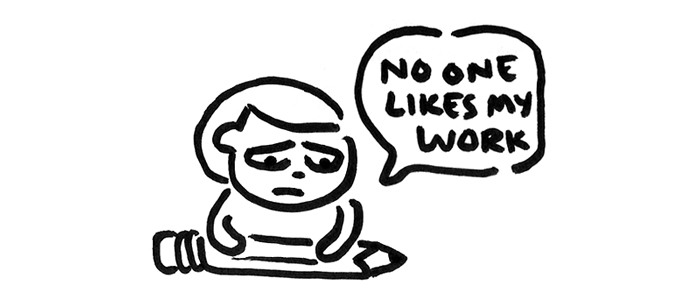
Perhaps you’re thinking now: ‘well that’s easy for Christine to say, she has almost 2,000 followers and regularly gets 100 likes on her work.’ But to me honest, that’s all new to me just within the last 6 months. I sat at ~200 followers for years, and I honestly don’t really know what happened lately to change that. I’ve been posting my work regularly on Instagram since 2013 and it’s taken this long to get more than 2-3 likes on a post—including my mom.
Let me tell it to you straight: likes don’t matter. I know it feels so much like they do, but trust me, having a bunch of likes won’t make you feel any better about your work. Your goal of what is an acceptable amount of likes will just keep climbing higher and higher the more you get—it’s a constantly moving, unachievable goal.

You think you’ll be satisfied and validated when you get 50 likes a post. Then you decide it’s 100. Then 500. Then you see that artist over there gets 2,000 likes on every drawing! Why can’t I get 2,000 likes on my drawings?! It never ends.
“A goal is something that goes away when you hit it. Once you’ve reached it, it’s gone. You could always set another one, but I just don’t function in steps like that… I approach things continuously, not in stops. I just want to keep going — whatever happens along the way is just what happens.” Jason Fried, author + CEO of Rework
And guess what—it makes no sense what people like, and it’s close to impossible to anticipate! (Besides, cleavage and puppies. Those are solid bets.) Sometimes I’ll spend 2 hours on a drawing, think it’s amazing, post it, and… crickets. It gets 15 likes. Other times, I’ll spend literally 2 seconds on a drawing, think it’s terrible, post it, and… out come the cheers and hooplas and 100 likes! What gives?! That thing was terrible!
People’s opinions are weird and unpredictable. There’s no sense or reason to cater your art to what you think other people like. You’ll usually be wrong, and if you happen to be right—cough, cleavage—it’ll lead you down an even worse path of inauthenticity and deep confusion in your art.
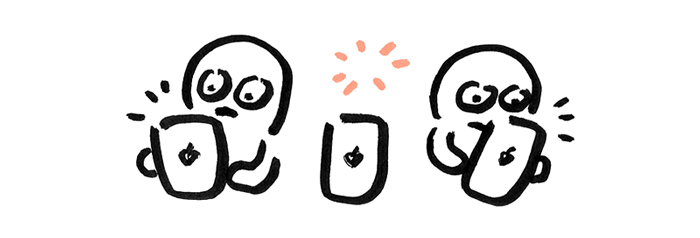
We can’t control what other people think of our work or how often they like it on social media. We can only control how much effort, time, and thought we put into making our art. We can only control how much of ourselves we put into our art. We can only keep exploring, keep drawing, and keep sharing.
Do what you have to do to make social media work for you. Find other outlets for sharing your work if you have to. I just want you to make more art. And I want you to share your art, because I want to see it.
When you make art you love, art that makes you happy to create, other people will see that, and they’ll like it. And I mean they’ll actually like it, not just tap an empty heart icon on a screen.
You have to make art for you, not for likes. You have to make the art that speaks to you. You have to make the art you like.
And that’s the only like that matters.

